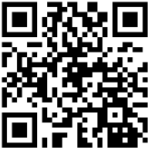Cabbage
Cabbage seeds key features
Discover the joy of homegrown greens with our premium cabbage seeds
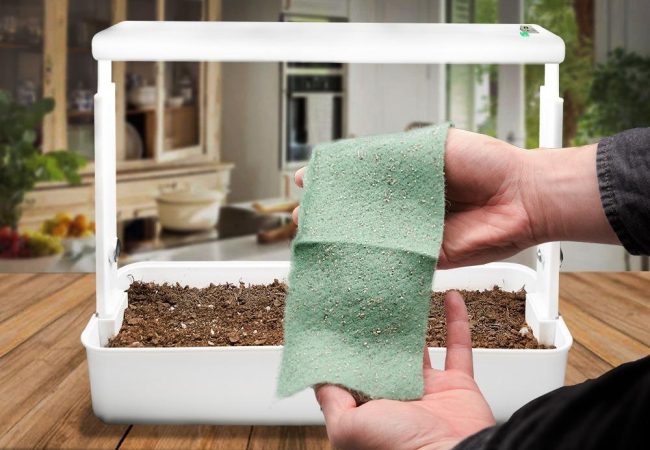
Cabbage packaging solutions:
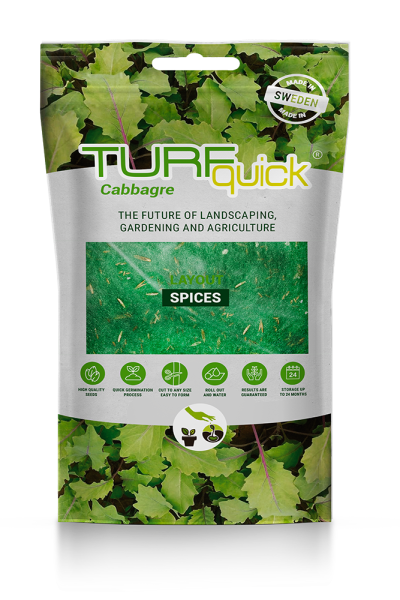
Technical specifications
Product name:
Cabbage
EAN CODE
7350 00309 0953
Scientific Name
Brassica oleracea
Plant position:
Sun to semi-shade
Material and contents specification
Cabbage seeds:
120 Seeds (100% Pure Live Seeds) Non-Gmo
Patch dimension:
10cm x 20cm
Price group:
A
Cellulose fiber:
approx. 10 grams
MOQ
360 pcs︱1 EUR-pallet. (120 cm x 80 cm x 215 cm).
Attribute:
Vegetable seed mixes
Net weight:
0.1 kg
Download the data sheet in PDF format
About cabbage
When to plant cabbage seeds fabric?
Where to plant cabbage seeds fabric?
Cabbage seeds should be planted in a location that receives full sun, which means at least 6 hours of direct sunlight per day. Choose a well-drained area with fertile soil that is rich in organic matter. It’s important to prepare the soil by removing any weeds or debris and loosening it with a garden fork or tiller. Additionally, ensure that the soil pH is between 6.0 and 7.5, as cabbage prefers slightly acidic to neutral soil. Proper spacing is also crucial, as cabbage plants need room to grow.
How to plant cabbage seeds fabric?
- Prepare the soil: Choose a well-draining location with full sun exposure for your cabbage plants. Loosen the soil and remove any weeds or debris. Amend the soil with compost or organic matter to improve its fertility and drainage.
- Start seeds indoors (optional): If you want an early start, you can start cabbage seeds indoors 4 to 6 weeks before the last expected frost date. Plant the seeds in seed trays or small pots. Keep the soil moist and provide sufficient light until the seedlings are ready for transplanting.
- Sow the seeds: Place the cabbage seeds fabric over the prepared soil. Start at one end and unroll it across the area you want to cover.
- Watering: After planting, water the soil thoroughly but gently to ensure good seed-to-soil contact. Keep the soil consistently moist but not waterlogged throughout the germination and growing process.
- Thin the seedlings: Once the seedlings have grown a few inches tall, thin them out by removing the weaker ones, leaving the strongest and healthiest plants spaced according to the recommended spacing for your cabbage variety.
- Care and maintenance: Provide regular watering, keeping the soil evenly moist. Mulching around the plants can help retain moisture and suppress weeds. Fertilise the cabbage plants with a balanced fertiliser according to the package instructions. Monitor for pests and diseases, and take appropriate measures if necessary.
- Harvesting: Harvest cabbage heads when they reach the desired size and firmness. Cut the heads off at the base, leaving a few outer leaves intact to protect the inner leaves.
By following these steps, you can successfully plant cabbage seeds fabric and enjoy a bountiful harvest of fresh, homegrown cabbage.
How to harvest cabbage ?
- Observe maturity: Cabbage is ready for harvest when the heads feel firm and have reached their desired size. The size will depend on the cabbage variety you are growing.
- Prepare tools: Get a sharp knife or garden shears for cutting the cabbage heads. Ensure that your tools are clean and sharp to make clean cuts.
- Cut the cabbage: Position your knife or shears at the base of the cabbage head, just above the first set of leaves. Make a clean, horizontal cut through the stem. Avoid damaging nearby leaves or the remaining plant.
- Remove outer leaves (optional): If the outer leaves are damaged or wilted, you can remove them before harvesting. However, it’s best to leave a few outer leaves intact to protect the inner leaves during storage.
- Inspect and store: After harvesting, inspect the cabbage heads for any signs of damage or pests. If the heads are in good condition, store them in a cool, dry place such as a root cellar or refrigerator. Cabbage can be stored for several weeks if kept in the right conditions.
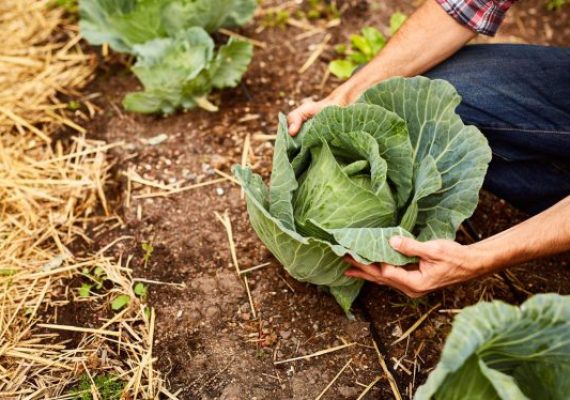
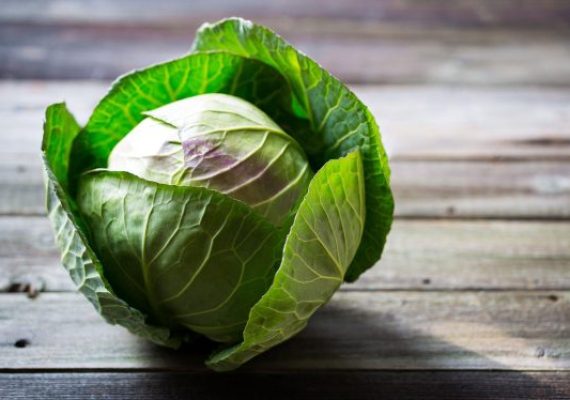

How to grow veggies all year round?
Growing veggies all year round requires careful planning and consideration of various factors but can grow vegetables indoors including lettuces, arugula, spinach, kale, carrots, radishes, beet greens, tomatoes and more. Here are some tips to help you achieve year-round vegetable gardening.
